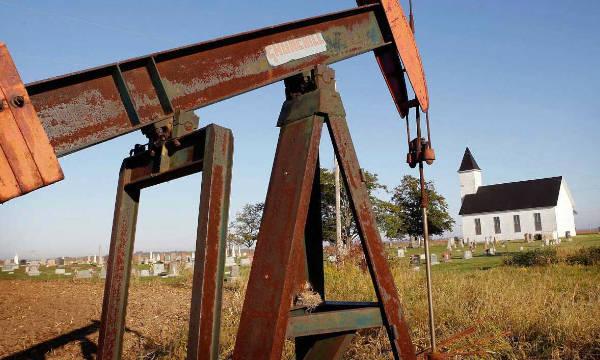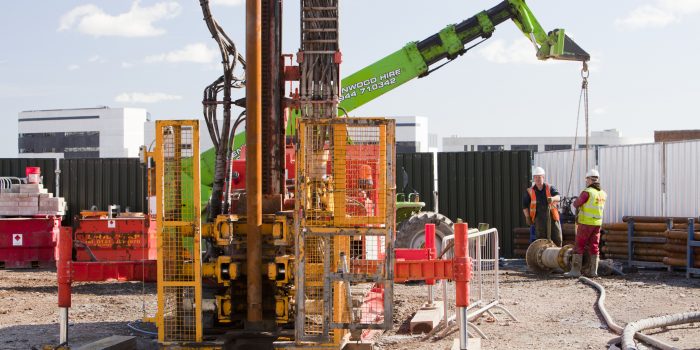A decommissioned oil and gas well have been successfully converted into a geothermal energy storage system, and a once-polluting resource extraction site has been transformed into a green energy battery.
According to a recent study published in the journal Renewable Energy, researchers at the University of Illinois at Urbana-Champaign were able to exploit the deep underground structure, even though it does not produce geothermal heat.
They found that it’s the perfect place to build an artificial geothermal reservoir that stores energy in the form of heat in the surrounding rocks. “Many of the same properties that make a subterranean rock formation ideal for oil and gas production also make it ideal for geothermal storage,” said lead researcher Tugce Baser, a professor of environmental engineering at the University of Illinois, in a statement. “And since our test site is a former gas well, it already has most of the necessary infrastructure in place.”

Long-term plans call for storing excess heat from local industry below and releasing it as electricity when demand is strong. “The underground reservoir essentially acts as a large underground battery while repurposing abandoned oil and gas wells,” Baser said. “It is a win-win situation.”
The Illinois Basin, a vast geological feature that runs virtually the whole length of the state, features spongelike rock and minerals with high thermal conductivity. Insulating layers prevent all of the heat from dissipating at once.

Baser and his colleagues used an abandoned oil well to inject water preheated to 122 degrees Fahrenheit into a layer of porous sandstone 3,000 feet below the surface.
The outcomes were unexpected. “Our field results, combined with further numerical modeling, find that the process can sustain a thermal storage efficiency of 82 percent,” Baser said. “Our findings show that the Illinois Basin can be an effective means to store excess heat energy from industrial sources and eventually more sustainable sources like wind and solar,” Baser concluded.


